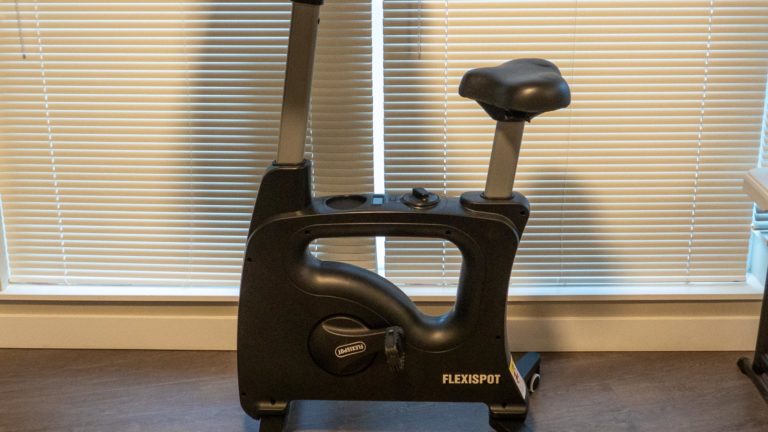I have been working primarily from home since the COVID-19 pandemic hit in March 2020, and with our company moving to remote-first work permanently since last year, I’ve been looking for ways to improve my quality of life in my work-from-home environment. Check out the #wfh tag for posts about my other work-from-home equipment. One of the issues with working from home is less opportunities for physical activity: I used to easily complete my 10k steps a day when I needed to work at the office. However, with my office only 15 steps away, this is much harder to complete Continue Reading
Work
Checking for a Null value in SQL
Yesterday I fell into a very simple but dangerous SQL trap. Can you identify it? Found it? It’s the comparison to null. My intention was to get rows where another_column was null, however the query did not do so. It didn’t give me any results where another_column was null, but didn’t give me any error either. Why? Null in SQL is not a real value. Null means “lack of a value” or “unknown”. Anything compared to null leads to an “unknown” result. Therefore, in SQL there are actually three values conditions can evaluate to: true, false, and unknown/null. This is called Continue Reading
The hello world hackathon project
This past week, the co-op students at A Thinking Ape participated in an internal hackathon where they had two days to develop something to show the rest of the company. Among the games and tools that resulted, one project stood out to me: a hello world app. Yes, a hello world app. (For those not in the software development field, “hello world” is usually the first output that developers code when trying out a new platform or language.) It had a white background, black text that said “Hello World,” and a green button that was labeled, “I am a button.” It Continue Reading
Make Word spell check uppercase words
It’s a little known fact that Microsoft Word by default does not spell check uppercase words. I had the opportunity to read through many co-op resumes from a couple universities this past week, and the typos I’ve seen seem to support this observation. The problem comes when you have a section heading in capitals, such as “ACHIVEMENTS” or “RELEVENT SKILLS”. Microsoft Word by default doesn’t indicate that the spelling is wrong! I’m not sure why this “feature” is enabled by default, as I’d think it would be better to have more false positives than to have typos go undetected. In Continue Reading
How often do you see “Yay!” on packaging? (and a look at my workplace)
On Thursday, I found this on my desk after lunch. Excited, I was! Yay! My first professional business cards! There they are! 3 different coloured cards. Green, blue and black. I probably should have picked some more vibrant colours… In case you were wondering what was in the “Yay!” package, it is a card holder. To tell you the truth, I opened that one first because “Yay!” just sounded so exciting. And here’s a glimpse of what it’s like at work:
